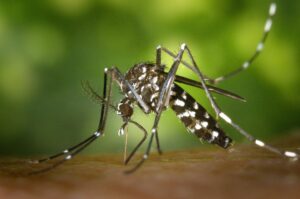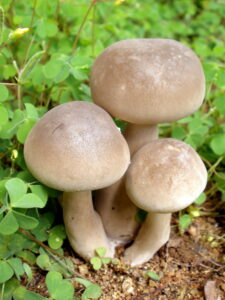Table of Contents
Introduction:
Protists and Fungi are two species of eukaryotic species. What do they have in common? Protists are the first eukaryotes, and this kingdom contains some simple eukaryotes. Many are single-celled organisms. Protists include species such as animals, plants, and fungi. Protists switch to three other types of eukaryotes, including fungi. Besides, these two types of eukaryotes are very different. Molds are eukaryotic organisms that can make their own food and not “eat.” They must absorb their nutrients, usually from decaying animals.
Protista:

Plasmodium is a protist that causes malaria.
- These are unicellular enterprises with walls of protective cells
- Usually, these are autotrophic preparations for their diet, some using nutritional, saprophytic, or heterotrophic methods.
- They are minute and very small
- There are three Protista kingdoms – algae, fungi, and protozoans
- Protozoans are part of the unicellular species of protists (Protozoan species – Ciliophora, Amoebozoa, Flagellata, and Sporozoa), and algae are similar to plants. There are two types of mold – water mold and slime mold
- Sexual reproduction is done through the production of gametes
Fungi:

- These are many businesses
- They show cell walls but no cellulose
- They are dependent on others for their nutritional needs and are unable to prepare their own food – heterotrophs
- They are visible to the naked eye
- They have a wall of chitin cells and live as symbionts with animals and plants. Most of them are found in dead bodies and on earth
- Sexual intercourse in them is done through the process of mating
Also read: FIVE KINGDOM
Difference between Monera Protista and fungi:
Globally, life forms are divided into five categories. These categories are based on diet, cell type, structural complexity, energy acquired, etc. These five kingdoms are Monera, Protista, Fungi, Plantae, and Animalia. Although Kingdoms Protista and Monera both include businesses with a single cell. But, still, they are different from each other. This article will help you find the differences between Monera and Protista. So, let’s have an introduction to the Differences table between Monera and Protista.
What is Monera?
Monela State belongs to the prokaryote family. These living things have no real nucleus. These are considered to be the oldest known microorganisms in the world. Also, their DNA is not trapped inside the nucleus. They are unicellular organisms and are found mainly in humid environments. They can be found in hot springs, on ice, in the deep ocean, or on parasites in other species. Also, these do not have organelle bound to the membrane.
What are Protistas?
Protista is a simple eukaryotic type of organism. These are neither plants nor animals or fungi. Actually, these are unicellular in nature but still can be found as a colony of cells. Mostly they live in water, damp terrestrial environments, or even as parasites. Protista’s name is derived from the Greek word “protistos” and its meaning is “the very first“.
Such organisms are usually unicellular and the cell of these organisms contains a nucleus that is bound to the organelles. Scientists say that protistas form a link between plants, animals, and fungi. This is because these three kingdoms diverged from a common protist-like ancestor, billions of years ago. So, these are traditionally considered as the first eukaryotic forms of life and a predecessor to plants, animals, and fungi.
Overview of Monera and Protista:
Both Monera and Protista are two respected states during the classification of biodiversity. In simple terms, Monera includes archaebacteria, eubacteria, and cyanobacteria, while Protista includes algae, protozoans, and worms.
Although they include different species, they are very different from each other. For example, the main difference between Monera and Protista is that – unicellular and multicellular eukaryotes are divided under the Protista state.
Difference between Monera & Protista:
Monera:
- Unicellular enterprises have a cellular prokaryote structure
- Metabolism varies using a few substrates as sources of carbon and energy, playing a role in the carbon and nitrogen cycle
- The wall of their cells is strong, made of peptidoglycan
- They are decomposers and mineralizers that show a variety of nutritional options.
Protista:
- Unicellular enterprises have a eukaryotic cell structure
- It contains about 16 phyla, most of whose members are aquatic organizations
- The nucleus contains many strands of DNA
- They have cellular respiratory mitochondria and few have chloroplast for photosynthesis








